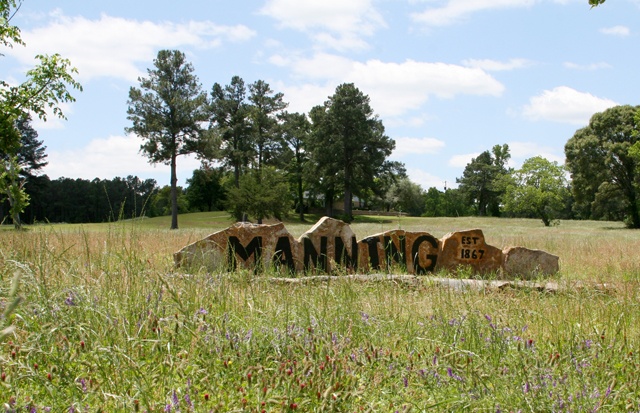Because Manning was a company town, when the Carter-Kelly Lumber Co. mill burned in 1935, all the businesses closed, amenities ceased and the town dispersed.
One of the amenities the mill provided was electricity. The sawmill engines generated direct current electricity for mill operations and provided excess power to a few of the towns’ businesses and more prominent homes, including the house of mill manager W.M. Gibbs. The electricity could only be used for short periods of time at a set time of day.
Although the Rural Electrification Act had enabled electric cooperatives to extend lines to distant homes starting in the 1930s, the Gibbs house remained without power even after Gibbs’ widow, Leannah, sold the home and acreage in 1941 to Morgan Flournoy, Manning’s former school superintendent.
“We had electric light switches, but no power,” says Robert Flournoy, one of Morgan’s five children who grew up in the Gibbs house, describing the original push-style light switches. “We lived there from 1941 until I believe it was 1950 without electricity. Of course, if you don’t know anything different, it wasn’t that bad. It seems bad today.”
He recalls the day Sam Houston Electric Cooperative changed his family’s life by bringing electricity to the farm.
“I can remember the day that they put the poles up,” he says. “They found a place to hook onto the back of the house, and they put in the lightbulbs, and it was just like overnight we had electricity.”
Robert Flournoy says his mother, Ruby, who lived to be two months shy of her 104th birthday, was interviewed about the changes she saw over her lifetime: “They asked her, ‘What was the most significant thing that happened in your lifetime?’ And she said, ‘Oh, electricity, there’s no doubt about it.’ ”

